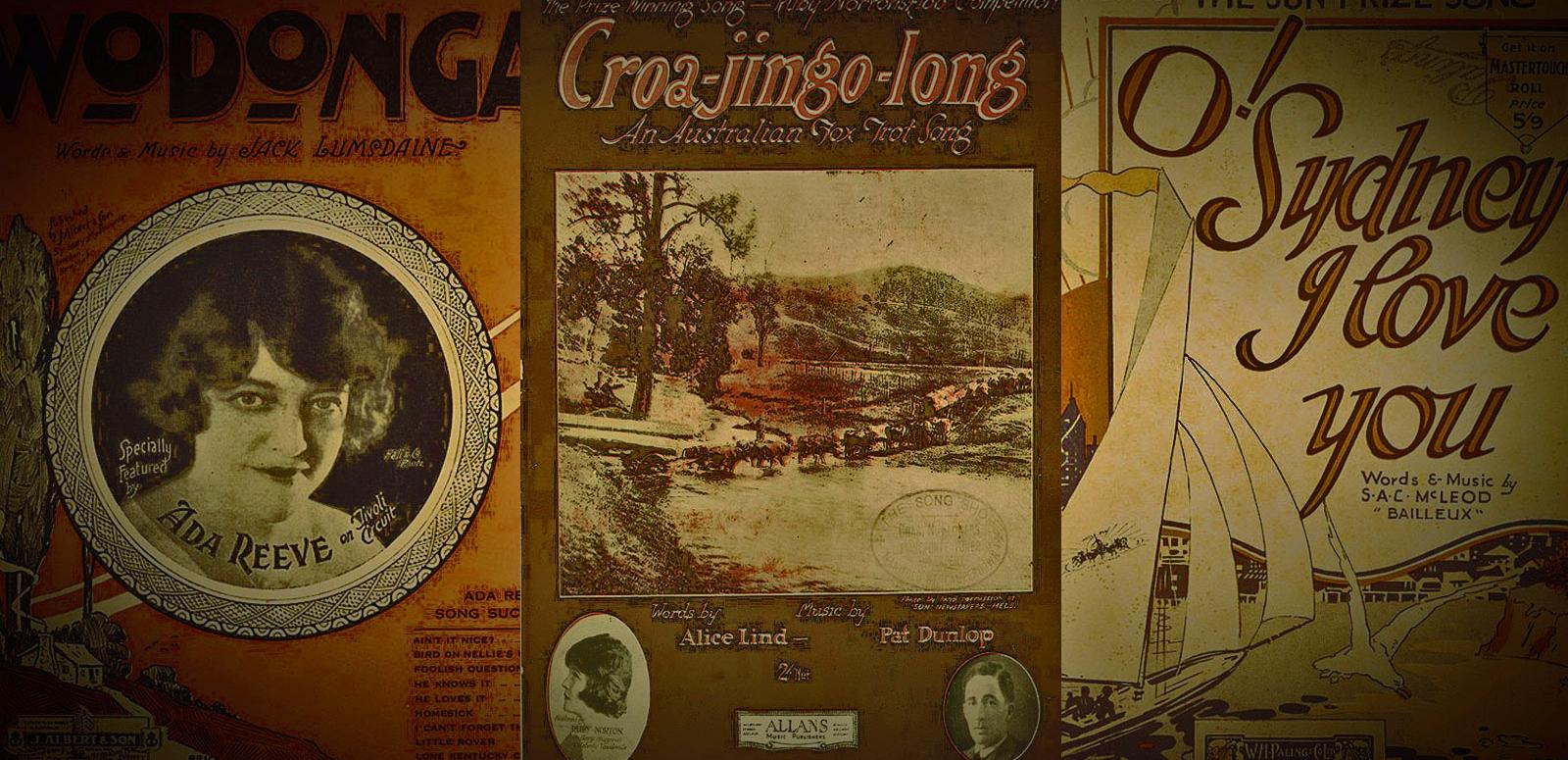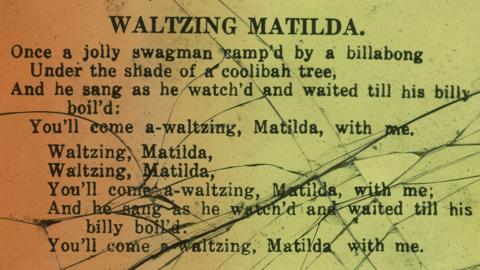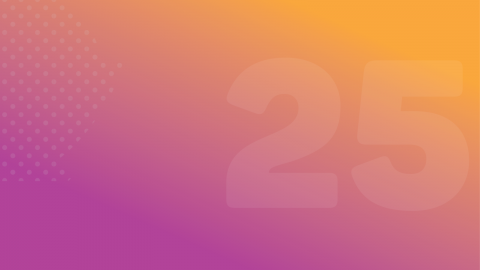

https://www.nfsa.gov.au/sites/default/files/collection/hero_image01-2017/town-song-ccafeature.jpg
Australia by Song
Australia by Song
Does your town have its own song?
Is Canberra calling to you? And why is it hot in Brisbane but Coolangatta?
There was a craze for writing songs about Australian cities and towns in the 1920s and 30s, but the oldest in our collection dates back to 1910.
Listen to songs about Sydney, Melbourne, Brisbane and Canberra as well as some smaller Australian towns you've never heard of!
The National Film and Sound Archive of Australia acknowledges Australia’s Aboriginal and Torres Strait Islander peoples as the Traditional Custodians of the land on which we work and live and gives respect to their Elders both past and present.


